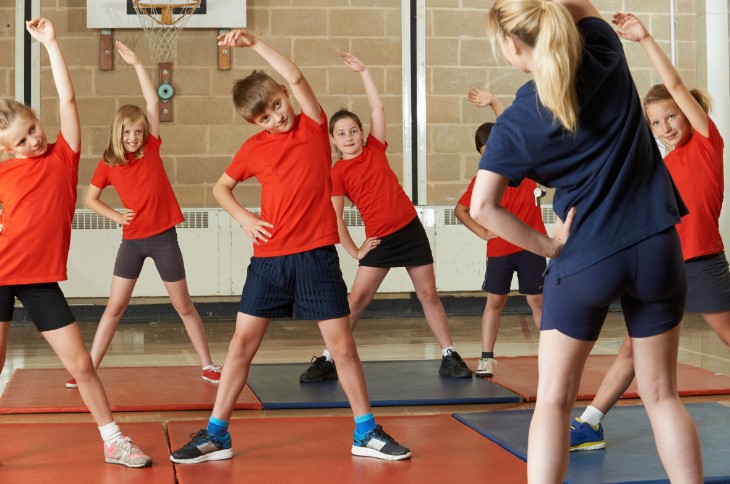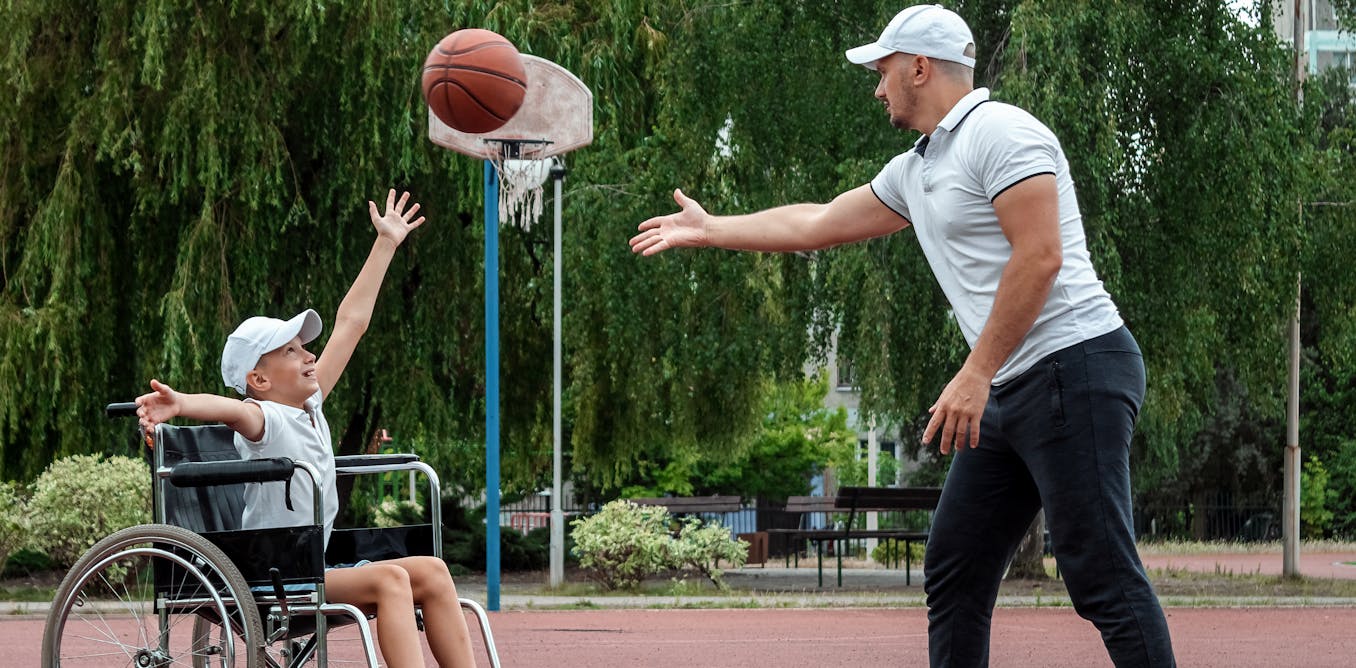‘A story of social justice’: a history of racial segregation and swimming | Art

Aquatic-safety advocate Angela Beale-Tawfeeq grew up swimming at the public pool in her predominantly Black neighborhood. “We always say, ‘In North Philadelphia, born and raised, in the swimming pool is where we spent most of our days,’ she recites, referencing the familiar lyrics of The Fresh Prince of Bel-Air theme song.
Now the education and research director of Diversity in Aquatics (one of the nation’s only organizations of Black and brown aquatics professionals), Beale-Tawfeeq is one of the many compelling voices contributing to Pool: A Social History of Segregation, a new wide-ranging exhibition about the United States’s history of segregated swimming and its connection to today’s alarming drowning rates in Black communities. Encompassing history, artworks and storytelling across a broad array of media, the immersive presentation uses public swimming pools as a lens through which to ponder social justice and public health.
The 4,700-sq-ft exhibition is now on view at Philadelphia’s historic Fairmount Water Works, a neo-classical landmark abutting the Schuylkill River that pumped water into the city until the turn of the 20th century and later became an aquarium and then one of the city’s first integrated pools, backed by the father of the actor Grace Kelly. After decades of preservation efforts, most of the building reopened in 2003 as an environmental education center, but the three-lane cement pool area was never restored due to lack of funding, according to Victoria Prizzia, the exhibition organizer.
“It felt very important to have that sacred space – a historic site and former public pool that had been neglected and captured in a state of arrested decay,” says Prizzia, a former lifeguard and competitive swimmer who since 2009 has directed many projects about water issues and the environment. “When you step inside, you really are transported. This is a reclaiming of that space, to tell the story in a different way.”

The exhibition’s projections bring the walls of the space to life. Near the entrance lies a digital pool of water that visitors are encouraged to sit around and virtually dip their feet into while listening to interview excerpts from athletes, activists and academics. “I love when you have the architectural elements speak for themselves, and in this case they really become another character,” Prizzia notes. (And this character has seen its share of floods due to its riverbank location: the exhibition was all set to open in September, but Hurricane Ida swept through mere hours after the opening reception; the space flooded, but miraculously nothing was damaged.)
Public pools have long been contested sites that reflect America’s racial and economic divisions, since the 1920s when pools began to be segregated by race instead of, as previously, by sex or class. A deep anxiety emerged around that time about people of different races and sexes sharing such intimate spaces. In the south, segregation was mandated through city ordinances and other official exclusionary rules; in northern states, de facto segregation occurred as a result of building public pools in white neighborhoods or, more frequently, through intimidation, harassment and violence.
A digital animation commission by the noted Philadelphia playwright James Ijames titled Moving Portraits interweaves the history of segregated swimming with the achievements of Black swimming heroes. Cast on to the Water Works’ historic facade opposite custom stadium seating evoking the golden era of public pools, it’s a highlight of the exhibition, according to Prizzia: “We’re not only showing tragedy but also revealing this other current – the accomplishments that have been forgotten, happening in parallel, by Black swimmers.”

Also largely overlooked is the fact that many non-European peoples were proficient swimmers until the late 1800s, at which point a nascent white beach and pool culture drove people of color away from those spaces. In Pool, this essential and little-known historical context comes via archival images and narratives from Kevin Dawson, author of the 2018 book Undercurrents of Power: Aquatic Culture in the African Diaspora. “The exhibit is really important in that it’s helping to encourage Black people to get back into the water,” Dawson tells the Guardian. “Many are seeing swimming as kind of their historical heritage that Jim Crow racism denied them.”
The legacy of that shameful history, compounded by the slashing of funds for public pools, is evident in today’s grim drowning disparities: in Pennsylvania, Black children have a 50{e4f787673fbda589a16c4acddca5ba6fa1cbf0bc0eb53f36e5f8309f6ee846cf} higher rate of accidental drowning than white children. Nationwide, Black youth are almost six times more likely than white children to drown in a swimming pool, and 69{e4f787673fbda589a16c4acddca5ba6fa1cbf0bc0eb53f36e5f8309f6ee846cf} of Black children have little to no swimming ability, compared with 42{e4f787673fbda589a16c4acddca5ba6fa1cbf0bc0eb53f36e5f8309f6ee846cf} of white children. “The story of water is really a story of social justice,” says Prizzia, pointing to inequities in land use, infrastructure and pollution in addition to access to swimming spaces.
Philadelphia has a uniquely rich public pool culture, opening the first outdoor municipal pool in the US in 1883 (which functioned as a public bath for poor and immigrant communities who didn’t have indoor plumbing) and, with more than 70 pools, still boasting the largest number of public pools per resident of any large American city. In response to an outcry over drownings in nearby rivers and creeks, seven swim clubs cropped up around the middle of the century to serve both urban and suburban Black swimmers. (Several are still going strong today, including the nation’s first Black-owned swim club.) “Philadelphians love their pools,” Prizzia says. “They’re really important to the fabric of local neighborhoods. They’re like your extended family.”

Beale-Tawfeeq knows that well: “I grew up understanding that learning to swim can actually save lives in more ways than one.” She joined the Philadelphia Parks and Recreation diving team at age 10, later was coached by the visionary Jim Ellis (who formed the country’s first Black swim team and was the subject of the 2007 film Pride), and eventually attended Howard University on an athletic scholarship. Now a physical-education educator, she touts swimming’s health benefits: “It’s a physical activity you can do from six months old until you’re 100.”
Beale-Tawfeeq notes there’s trauma in the exhibition’s narratives, but an exuberant mural at the exhibition entrance hopes to balance that. Created by El Salvador– born, Philadelphia-based artist Calo Rosa and representing an offering to a Yoruba water goddess, the piece exhorts visitors to “dive in”. “We wanted to create an invitation to come in and enjoy too,” Prizzia says. “By excluding people from swimming, you’re also excluding them from a very natural joy. People gravitate toward water; everyone wants to play in it. Hopefully the exhibition is a pathway for people to learn to swim and have access to something that would bring them joy.”







